What Is A Blind Hem Foot, When, Why & How to Use It In 2024
Are you tired of struggling with hemming your clothes and ending up with visible stitches?
Look no further! Introducing the revolutionary Blind Hem Foot, the ultimate sewing tool that will elevate your garment finishing to a whole new level.
Whether you’re a seasoned seamstress or a novice in the world of sewing, this magical foot will transform your hems into seamless wonders.
In this article, we will delve into the wonders of the Blind Hem Foot, exploring its features, benefits, and how to use it effectively.
Get ready to bid farewell to those unsightly stitches and say hello to flawless, professional-looking hems with the help of the Blind Hem Foot.
Get your hands on this game-changing sewing accessory today and unlock a whole new world of sewing possibilities!
What is a Blind Hem Foot?
A blind hem foot is a specialized sewing machine presser foot designed to create nearly invisible hems on fabric.
It is commonly used for garments, curtains, and other sewing projects where a clean and professional finish is desired.
The blind hem foot works by folding the fabric over itself, creating a small, discreet stitch that blends seamlessly with the rest of the fabric.
How to Use the Blind Hem Foot?
To use the blind hem foot, follow these steps:
- Attach the blind hem foot to your sewing machine. Refer to your machine’s manual for specific instructions on how to do this, as the process may vary depending on the model.
- Fold the fabric you want to hem, with the wrong side facing up. Create a narrow fold along the edge of the fabric where you want the hem to be. The width of the fold will depend on the depth of the hem you desire.
- Place the folded edge of the fabric under the blind hem foot, aligning the raw edge of the fabric with the guide on the foot. The guide on the foot helps you maintain an even distance from the folded edge.
- Adjust the foot position so that the needle swings over the folded edge and pierces a small portion of the folded fabric, while also catching a tiny portion of the main fabric.
- Lower the presser foot of your sewing machine to secure the fabric in place.
- Begin sewing slowly, guiding the fabric along the folded edge. Keep the fabric aligned with the guide on the blind hem foot as you stitch.
- As you sew, the blind hem foot will create small, nearly invisible stitches on the folded edge while intermittently catching a small part of the main fabric. These intermittent stitches are what create the “blind” effect.
- Continue sewing along the length of the fabric, maintaining a steady pace and ensuring that the folded edge remains aligned with the guide on the foot.
- Once you’ve sewn the entire hem, lift the presser foot and remove the fabric from the machine.
- Gently press the hem with an iron to give it a clean and polished look.
Remember, it’s always a good idea to practice on scrap fabric before working on your actual project to get comfortable with the blind hem foot and adjust your settings as needed.
How to Install a Blind Hem Foot?
To install a blind hem foot, follow these steps:
- First, ensure that you have the blind hem foot that is compatible with your sewing machine. Check the user manual or consult the manufacturer’s website to find the right foot for your machine model.
- Turn off your sewing machine and unplug it for safety.
- Take a moment to familiarize yourself with the blind hem foot. It typically has a metal guide or a flange on one side and a small hole in the middle.
- Locate the presser foot holder on your sewing machine. It is usually found at the front of the needle plate, just above the feed dogs.
- To remove the current presser foot, lift the presser foot lever to raise the foot, then slide the foot towards you. The foot should easily detach from the presser foot holder.
- Take the blind hem foot and align the metal guide or flange on the foot with the presser foot holder. The metal guide should be facing towards you and the small hole should be aligned with the needle.
- Carefully lower the blind hem foot onto the presser foot holder, ensuring that it fits securely. It should slide into place and sit flush against the machine.
- Once the foot is properly installed, lower the presser foot lever to hold it in place.
- Double-check that the blind hem foot is securely attached before proceeding.
- Plug in your sewing machine and power it on.
Congratulations! You have successfully installed the blind hem foot on your sewing machine.
What are the Advantages of Using a Blind Hem Foot?
Using a blind hem foot offers several advantages over traditional hemming techniques. Here are some benefits that make it a worthwhile addition to your sewing toolkit:
- Invisibility: The blind hem foot creates stitches that are nearly invisible from the right side of the fabric, resulting in a seamless and professional-looking hem.
- Time-Saving: With a blind hem foot, you can hem your garments and projects more quickly and efficiently than with hand sewing or other methods.
- Consistency: The metal guide on the blind hem foot helps maintain a consistent hem width throughout your project, ensuring a polished and uniform result.
- Versatility: A blind hem foot can be used on a variety of fabrics, including lightweight materials, medium-weight fabrics, and even heavier fabrics. This versatility makes it suitable for a wide range of sewing projects.
Tips for Using a Blind Hem Foot Effectively
To maximize your results with a blind hem foot, consider the following tips:
- Practice on Scrap Fabric: Before working on your actual project, practice using the blind hem foot on a scrap piece of fabric. This will help you gain confidence and familiarize yourself with the foot’s operation.
- Choose the Right Thread: Select a thread color that matches your fabric for the most discreet finish. This will help camouflage the blind hem stitches effectively.
- Maintain Even Tension: Ensure that the fabric is fed smoothly under the foot and maintain even tension throughout the sewing process. This will prevent puckering or uneven stitches.
- Experiment with Stitch Width: Depending on the fabric and desired outcome, you may need to adjust the stitch width. Test different settings on a fabric scrap to achieve the desired level of invisibility.
What are the Types of Hems That Can Be Stitched Using a Blind Hem Foot?
When using a blind hem foot, there are several types of hems that can be stitched. As someone who has experience with sewing, I can explain the different options.
- Blind Hem: The blind hem is the most common type of hemstitched using a blind hem foot. It creates an almost invisible hem by folding the fabric edge inward and securing it with small, barely visible stitches.
- Double Fold Hem: With a blind hem foot, you can also stitch a double fold hem. This type of hem involves folding the fabric edge twice, creating a clean and durable hemline. The blind hem foot helps to keep the stitches consistent and neatly aligned.
- Rolled Hem: While a blind hem foot is primarily designed for hems, it can also be used to create a rolled hem. A rolled hem involves folding the fabric edge multiple times to create a narrow, rolled hemline. The blind hem foot aids in guiding the fabric smoothly through the machine, resulting in a professional-looking finish.
- Picot Hem: Another option for using a blind hem foot is stitching a picot hem. This type of hem features a decorative edge with small loops along the hemline. The blind hem foot helps in accurately stitching the loops, giving a delicate and intricate appearance to the hem.
- Scallop Hem: A scallop hem is a decorative hem that has a curved or wavy edge. By using a blind hem foot, you can easily stitch a neat and consistent scallop hem. The foot helps to maintain the evenness of the scallops and keeps the stitches hidden on the fabric’s right side.
What are the Things to Keep in Mind While Using the Blind Hem Foot?
When using the blind hem foot, there are several things I keep in mind to ensure a successful sewing experience:
- Fabric Preparation: I make sure to properly prepare the fabric before using the blind hem foot. This includes washing, pressing, and possibly using interfacing or stabilizers, depending on the fabric type.
- Choosing the Right Thread and Needle: I select a thread that matches the fabric’s color and weight. Additionally, I choose a needle suitable for the fabric type and weight to prevent any damage or skipped stitches.
- Adjusting the Foot Position: I position the blind hem foot correctly on the sewing machine. This typically involves attaching the foot securely and aligning the fabric edge with the guide on the foot.
- Stitch Length and Width: I adjust the stitch length and width according to the fabric and desired finish. Generally, a longer stitch length is used for heavier fabrics, while a shorter stitch length is suitable for lighter fabrics.
- Practicing on Scrap Fabric: Before sewing the blind hem on the actual garment, I always practice on scrap fabric. This helps me get a feel for the foot, test the stitch quality, and make any necessary adjustments.
- Aligning the Fabric: To achieve a clean blind hem, I fold the fabric appropriately and align it with the guide on the foot. This ensures that the stitches are hidden within the fabric fold.
- Sewing Slowly and Steadily: When using the blind hem foot, I sew at a slower pace to maintain accuracy and control. This allows me to keep the fabric aligned and avoid any mistakes or uneven stitches.
- Checking the Result: Once I finish sewing the blind hem, I carefully inspect the result. I make sure the stitches are even, the hem is secure, and the fabric lays flat without any puckering or distortion.
By keeping these points in mind, I am able to use the blind hem foot effectively and achieve professional-looking blind hems on my garments. Practice and patience are key to mastering this technique, so I continue to improve with each project I undertake.
Can I use a blind stitch or blind hem foot on thick fabrics?
Yes, blind stitch or blind hem feet are suitable for a wide range of fabrics, including thick materials like denim and wool. Adjust the stitch settings and ensure that your machine has enough power to handle thicker fabrics.
Is it necessary to press the fabric before hemming with a blind stitch?
Yes, pressing the fabric before hemming is crucial for achieving a crisp and well-defined fold. It ensures accuracy and helps create a professional-looking blind hem.
What are some alternatives to the blind stitch or blind hem foot?
If you don’t have a blind stitch or blind hem foot, you can achieve a similar result by hand stitching using a slip stitch or invisible stitch. These techniques require more time and precision but can yield excellent results.
Can I use the blind stitch or blind hem foot for decorative stitches?
While the blind stitch or blind hem foot is primarily designed for creating invisible hems, you can experiment with decorative stitches using this foot. However, keep in mind that the stitches may be partially visible on the right side of the fabric.
Are blind hems suitable for all types of garments?
Blind hems are versatile and can be used on various garments, including skirts, dresses, trousers, and even curtains. They provide a clean and professional finish that complements a wide range of styles.
Is a blind hem foot necessary?
No, a blind hem foot is not necessary, but it can make sewing blind hems easier and more efficient, resulting in neater and more consistent results.
How long does it take to become proficient in using the blind stitch or blind hem foot?
The time it takes to become proficient in using the blind stitch or blind hem foot varies depending on your sewing experience and practice. With regular practice, you can expect to master the technique within a few projects.
Conclusion: What Is A Blind Hem Foot
In conclusion, the blind hem foot is an indispensable tool for achieving professional-looking hems with ease. Its ability to create nearly invisible stitches makes it a favorite among sewists who value meticulous craftsmanship.
By following the step-by-step instructions provided in this guide and practicing the techniques, you can master the art of blind hemming and take your sewing projects to the next level.
FAQs: What Is A Blind Hem Foot
How does a blind hem footwork?
A blind hem foot has a guide or a metal bar that helps fold the fabric as it is being stitched. The foot creates a series of small, barely visible stitches on the outer fabric layer while catching only a small portion of the folded hem, resulting in a nearly invisible hemline.
Can I use a blind hem foot with any sewing machine?
Blind hem feet are typically compatible with most sewing machines that have a snap-on presser foot system. However, it’s essential to check the specifications and compatibility of the foot with your specific sewing machine model.
Which fabrics are suitable for blind hemming?
Blind hemming works well with lightweight to medium-weight fabrics, such as cotton, linen, silk, and polyester blends. Thicker or heavy fabrics may require adjustments or alternative hemming methods.
How do I adjust the blind hem foot for different fabric thicknesses?
Most blind hem feet have an adjustable guide to accommodate different fabric thicknesses. By loosening or tightening the guide, you can position the fabric correctly for optimal stitching results.
Can a beginner use a blind hem foot?
Yes, beginners can use a blind hem foot with a little practice. It is recommended to start with scrap fabric and experiment with different settings and stitch lengths to achieve the desired results.
Are there any alternative methods to achieve a blind hem without a blind hem foot?
Yes, if you don’t have a blind hem foot, you can still achieve a blind hem using a regular presser foot by folding and pressing the fabric manually before stitching. However, using a blind hem foot usually produces more consistent and professional results.
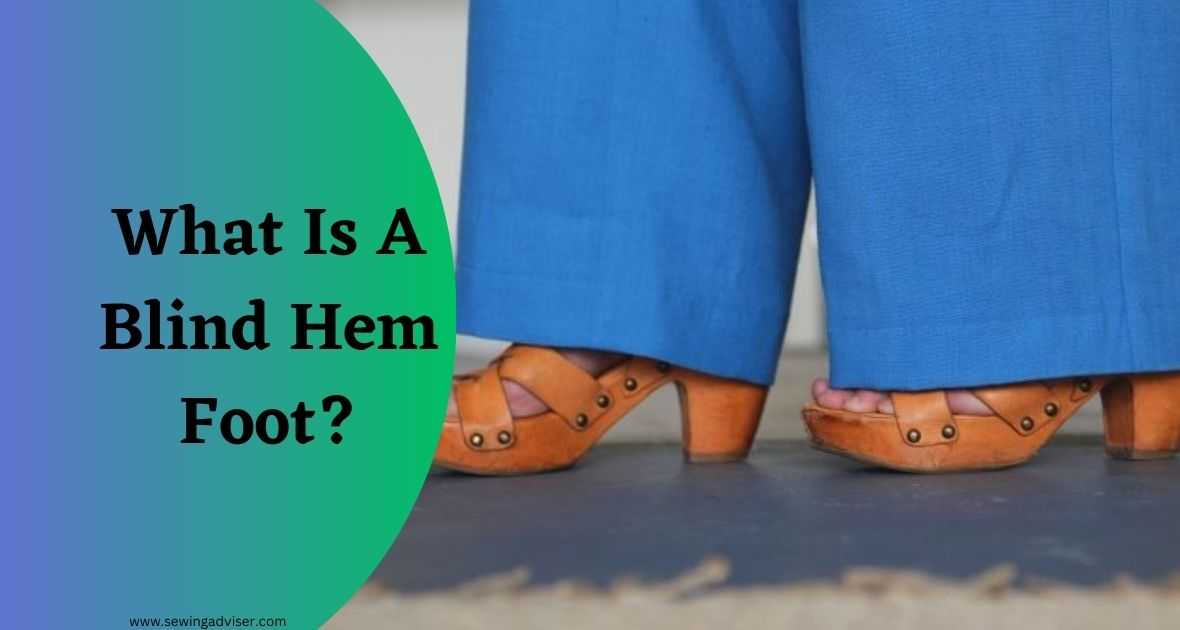
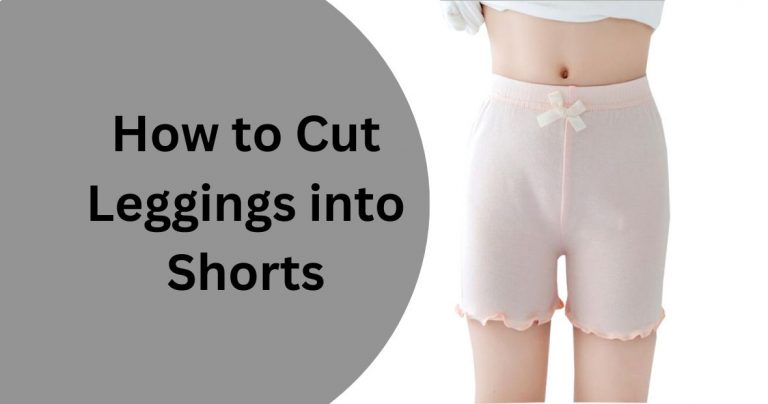
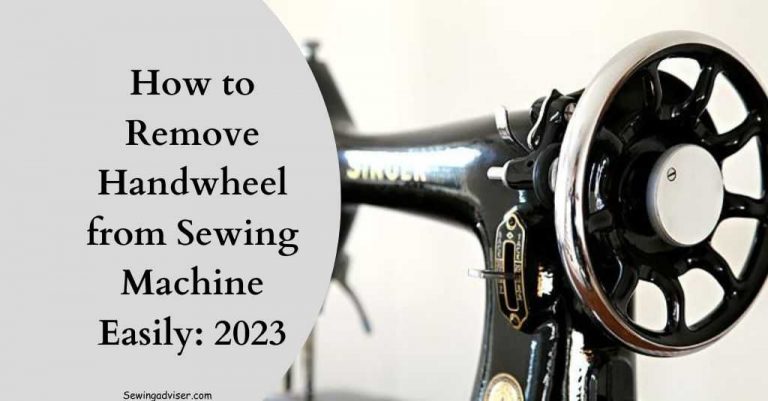
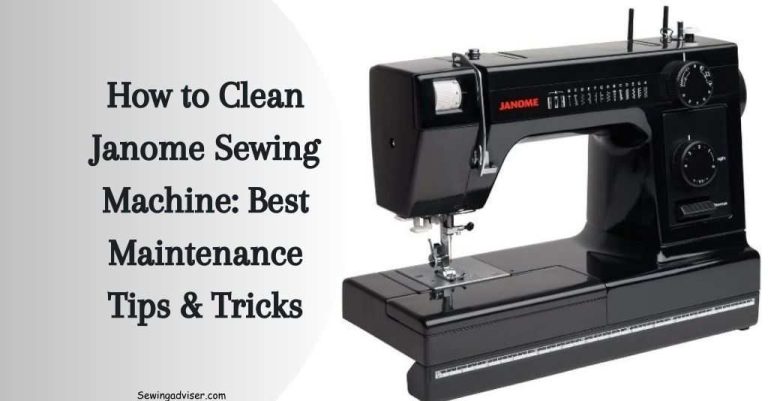

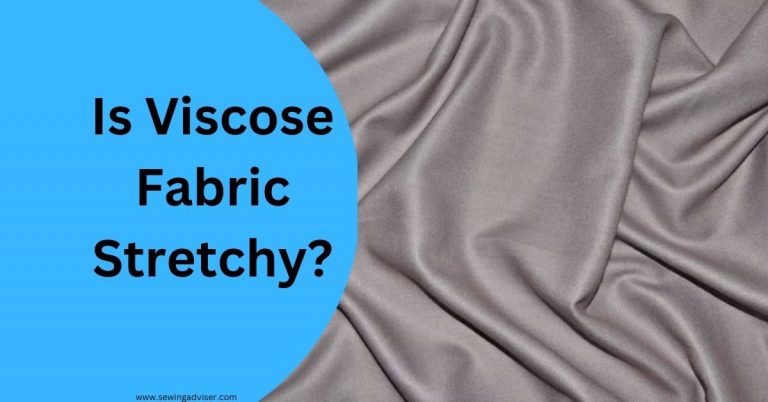
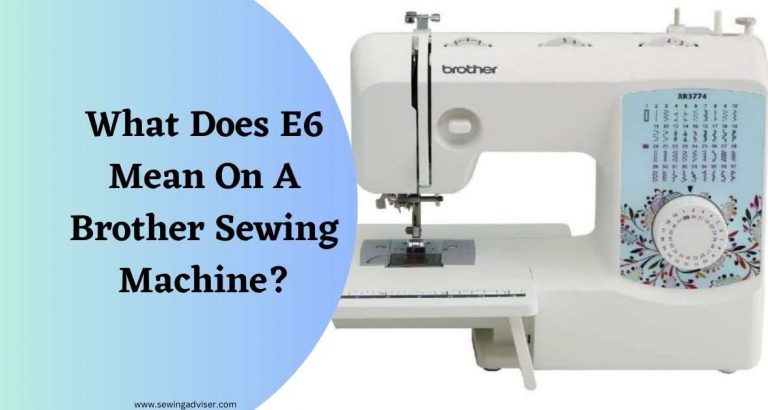
12 Comments